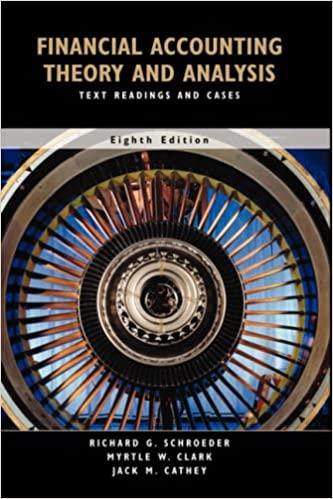One of the main criticisms of SFAS No. 96 was that most deferred tax assets could not
Question:
One of the main criticisms of SFAS No. 96 was that most deferred tax assets could not be recognized. SFAS No. 109 liberalized the recognition of deferred tax assets. Deferred tax assets are now recognized for all deductible amounts and carryovers. However, the amount reported may be reduced or eliminated by a valuation allowance if it is more likely than not that the deferred tax asset will not be realized.
Required:
a. Describe how the more likely than not criterion satisfied both the affirmative judgment approach and the impairment approach to asset recognition. How does this differ from typical asset recognition?
b. Cite examples that indicate affirmative evidence supporting the recognition of deferred tax assets.
c. Cite examples of potential impairment of deferred tax assets.
d. Given that some of each type of evidence may exist, how might the more likely than not criterion present management with an ethical dilemma? Explain.
Step by Step Answer:

Financial Accounting Theory And Analysis Text Readings And Cases
ISBN: 9780471652434
8th Edition
Authors: Richard G. Schroeder, Myrtle W. Clark, Jack M. Cathey





